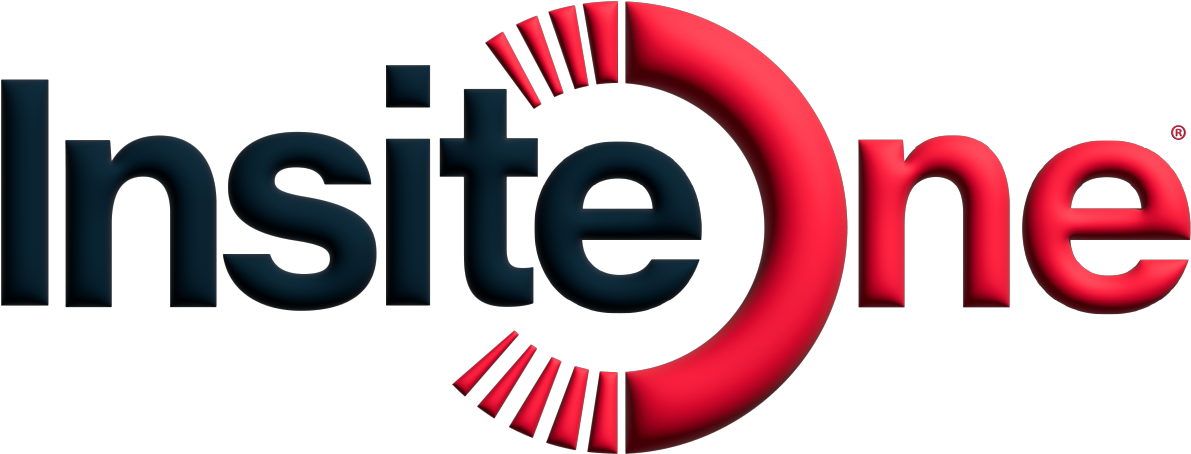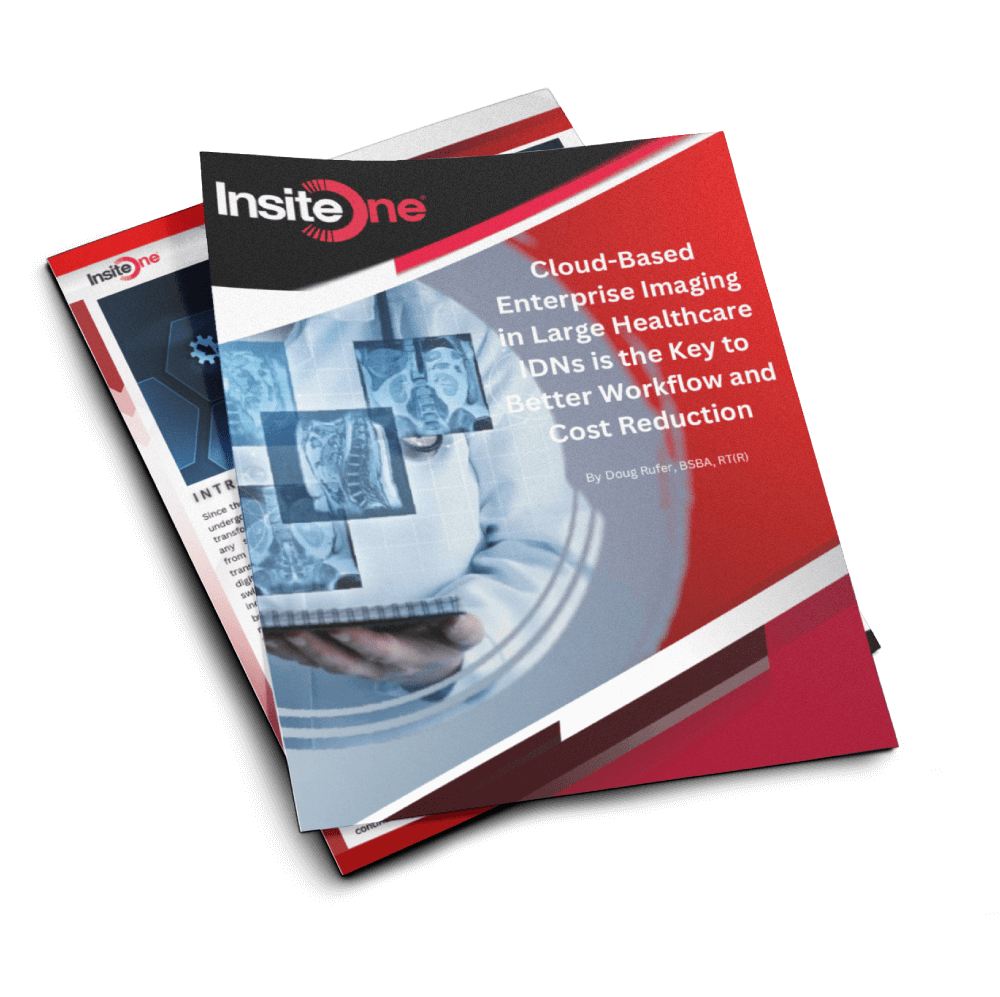Developing an AI Strategy for Medical Imaging: Turning Chaos into Clinical Clarity
The Promise (and the problem) … Artificial intelligence is no longer a speculative topic in medical imaging. It’s shaping how radiologists read, report, and communicate patient findings. Interest in the technology continues to be sky-high but enthusiasm is often colliding with reality: pilots stall, integrations fail, and measurable clinical benefit are elusive. AI is shifting […]




